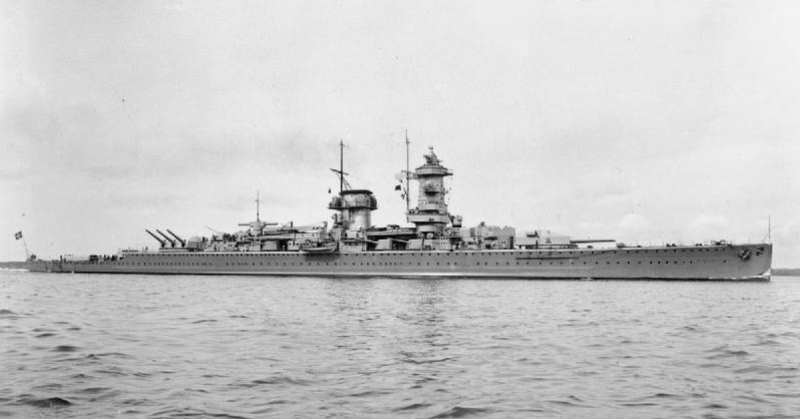At the start of the Second World War, the German navy lacked the power to face Britain’s Royal Navy in a full-scale surface battle. Instead, they relied on raiding ships to keep the British busy at sea.
The Admiral Graf Spee
The most famous of these raiders was the pocket battleship the Admiral Graf Spee, commanded by Captain Hans Langsdorff.
The Graf Spee sailed out into the Atlantic before the outbreak of war at the start of September 1939. This was a deliberate ploy to avoid having to break out past the Royal Navy.
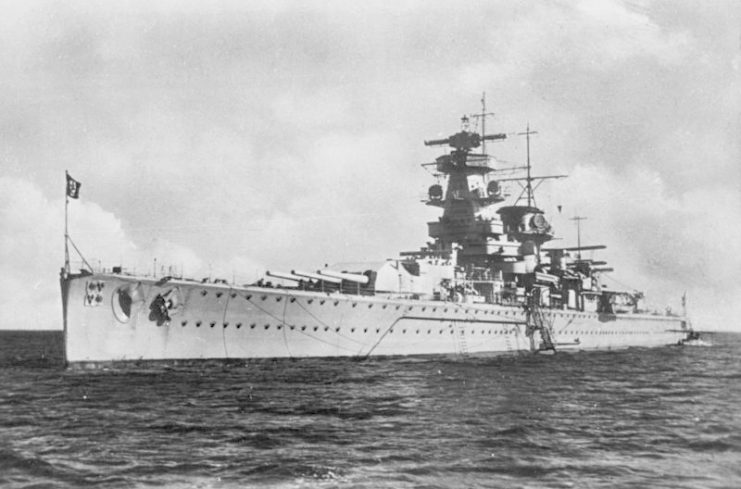
At the start of the war, ships like the Graf Spee were under orders not to start raiding yet. Hitler hoped that, following a swift and successful invasion of Poland, he could convince the Allies to make peace, and attacks on merchant shipping would jeopardize this.
By the 26th of September, it was clear that this strategy would not work. The raiders were let off the leash.
The aim of these ships was not to engage with the Royal Navy. They would attack Allied merchant shipping, with the aim of undermining the war effort through economic damage.
On the 30th of September, the Graf Spee had its first success, sinking the British ship Clement. Questioning prisoners taught Captain Langsdorff how the British would respond to his ship’s presence. For maximum impact, his best hope was to sail as close as possible before revealing himself.
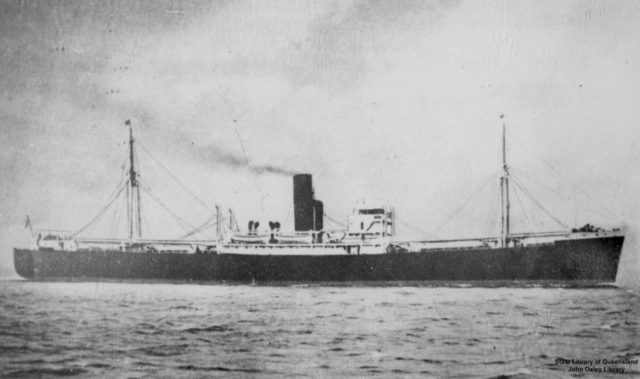
In Disguise
Langsdorff had his turret mast repainted, disguising it to look more like an Allied warship. Using this ruse, he captured three Allied ships between the 5th and 10th of October, all in the seas north of the Atlantic island of St. Helena.
These successes allowed the Graf Spee to acquire more supplies and intelligence about Allied shipping. The crew learned that the Allies were not moving in convoys, but that ships were avoiding following the same routes as each other. The Germans would, therefore, have to hunt down each ship individually.
The captured ships were sunk, though one was kept in action by a prize crew first, to provide temporary storage for prisoners and looted supplies.
The sinking of another ship on the 23rd increased panic among the Allies. Enemy warships started closing in on the Graf Spee.
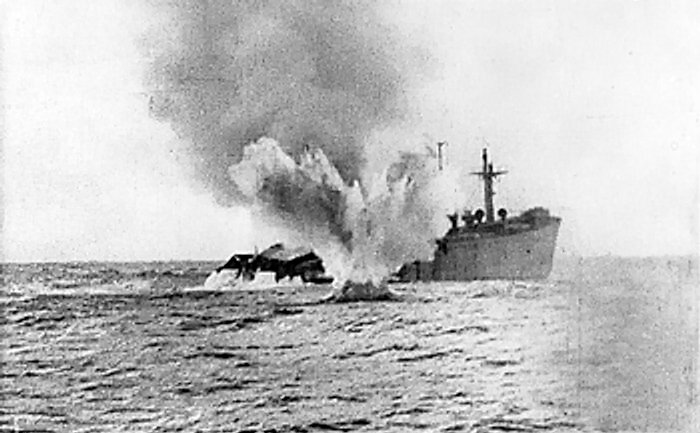
Indian Ocean
Langsdorff was under orders to avoid engaging with Allied warships. To this end, he had been given discretion to move from the Atlantic into the Indian Ocean once the danger became too great.
In late October, Langsdorff decided it was time to make that move. By attacking shipping in the Indian Ocean, he hoped to divert some of those hunting him out of the Atlantic. This would provide him with a clearer run back to Germany. His ship’s engines were deteriorating and he needed the chance to head home for repairs.
On the 3rd of November, the Graf Spee passed Cape Town and entered the Indian Ocean. But a combination of poor weather and Allied operations meant that it took until the 15th to catch a vessel there.
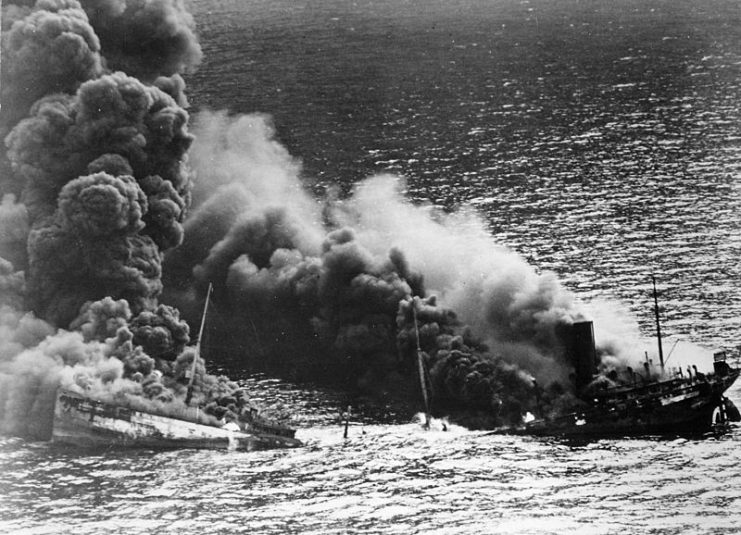
Langsdorff was increasingly frustrated by the orders of superiors who expected him to sink more merchantmen without risking an engagement with enemy warships. Without taking that risk, he could only find slim pickings.
At least his aim to distract the Allies had succeeded. As they began worrying about a raider in the Indian Ocean, he headed back into the Atlantic.
Atlantic Again
Langsdorff’s plan was to keep raiding for as long as his deteriorating engines would allow, while he waited for relief from Germany. But once again, the Graf Spee struggled to find targets. Over the next few weeks, she caught and sank three Allied merchant vessels, striking fear in the enemy but causing minimal economic damage.
From information gathered on the last ship, Langsdorff learned about an assembly point for Allied merchant shipping near the mouth of the River Plate, off the east coast of Latin America. He sailed there and spent the 12th of December patrolling the area, hoping to catch Allied ships as they gathered.
Early on the morning of the 13th, the crew spotted signs of a ship. Believing it to be a merchantman, Langsdorff turned to the attack.
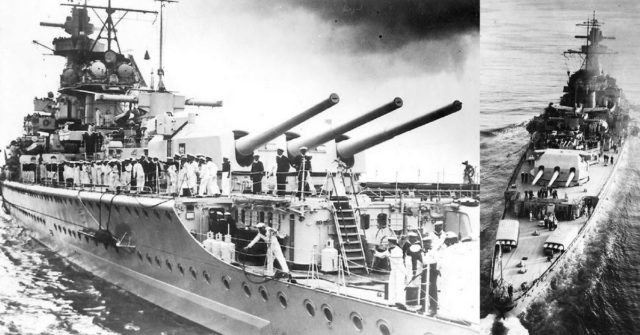
The Battle of the River Plate
He soon discovered that he had made a mistake. The ship was actually the HMS Exeter, one of a group of three warships led by the British Commodore Harwood. One of the Allied hunting groups had finally caught up with the Graf Spee.
Langsdorff closed with the Exeter while the Allied group split, HMS Ajax and HMNZS Achilles maneuvered for a better angle of attack.
The Exeter was soon in a terrible state due to the Graf Spee’s superior weaponry. The better armored Graf Spee took little damage from the shells that hit it, though Langsdorff was injured.
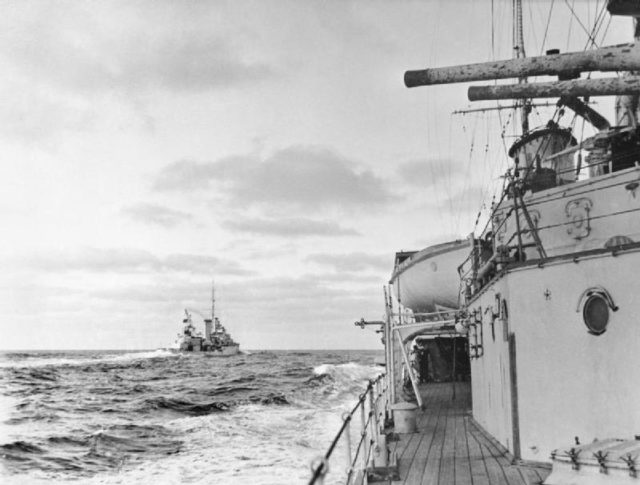
Having done more damage than he had taken, Langsdorff tried to break away. But he was pursued by the Achilles and the Ajax, which engaged the Graf Spee in a sporadic firefight throughout the day.
The Graf Spee was at no risk of sinking yet but she was no longer seaworthy. Langsdorff headed for the neutral port of Montevideo, where he finally took shelter from his pursuers after nightfall.
The Battle of the River Plate was over. Though at first glance indecisive, it would seal the Graf Spee’s fate.
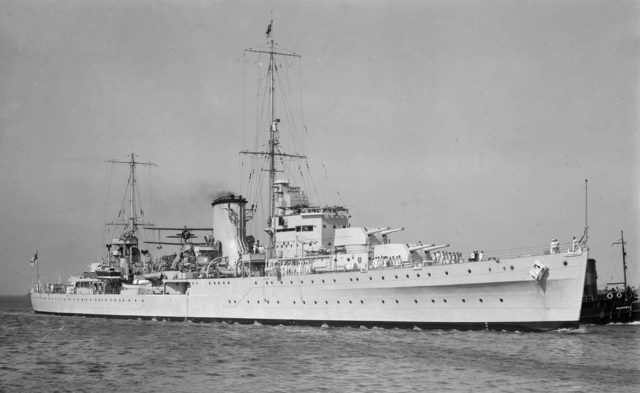
The End
The British turned from guns to diplomacy, using political pressure and international laws to keep the Graf Spee in port. They spread rumors that a large force was gathering, ready to sink the Graf Spee when it emerged.
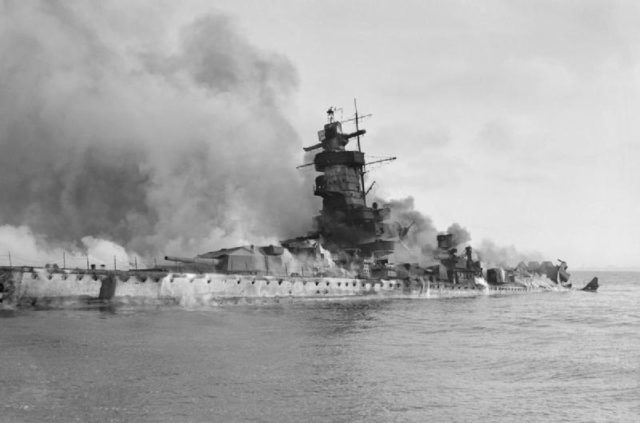
Read another story from us: KMS Admiral Graf Spee in the Battle of the River Plate
To avoid risking his men’s lives in a futile battle, Langsdorff scuttled the Graf Spee on the 17th of December.
He took his own life two days later, rather than face Hitler’s fury.
The Graf Spee had struck terror in the Atlantic shipping lanes, but now her journey was at an end.
